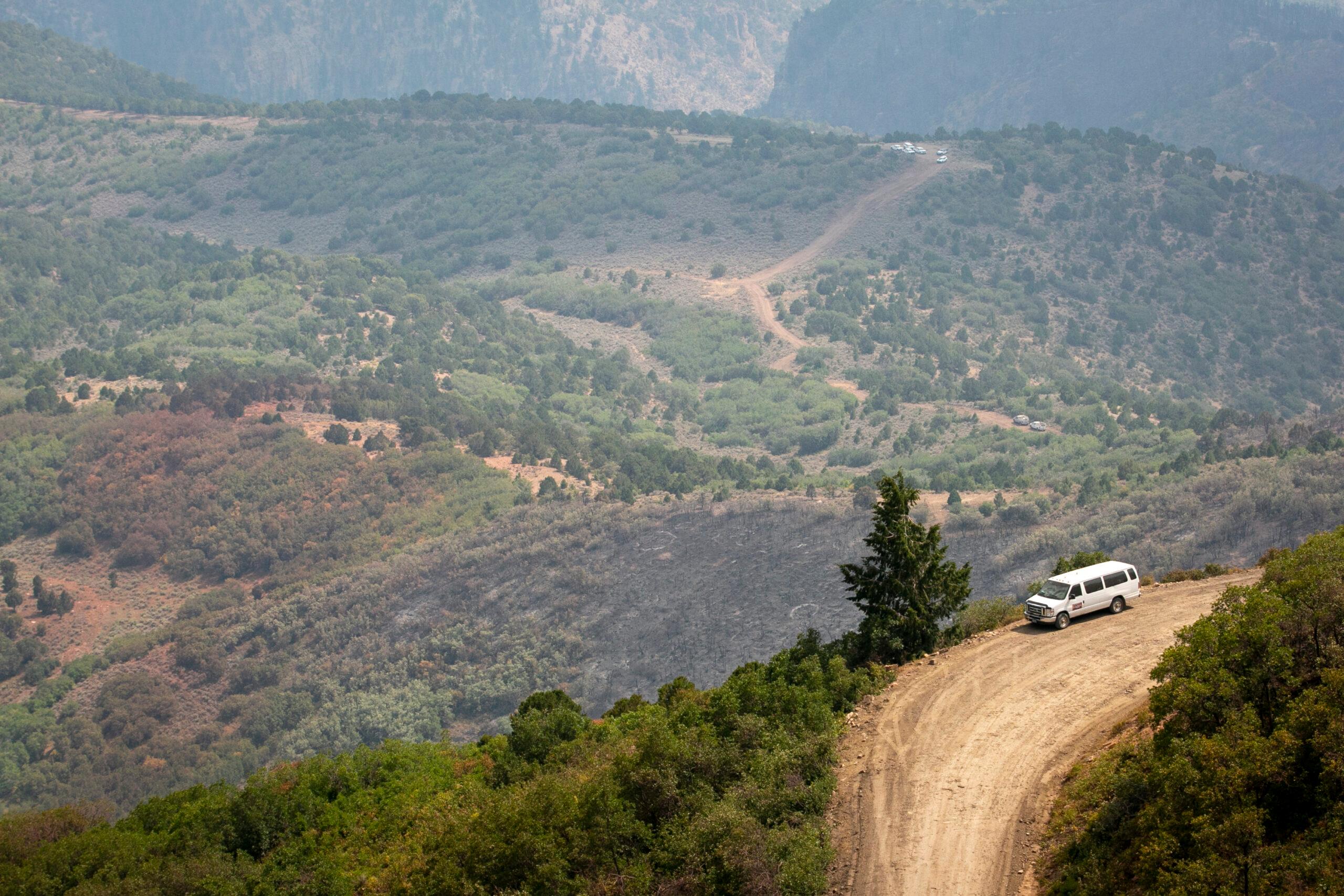
Last month was the hottest August on record since Colorado started tracking temperatures in 1895. Now a map released weekly by the U.S. Drought Monitor shows over half the state is experiencing extreme drought, exacerbated by intense heat.
Federal agencies have six levels of intensity they use to categorize dryness. Fifty-five percent of Colorado is undergoing a D3 drought, the second-highest level. Widespread D3 drought can mean that wildfires continue to burn, outdoor recreational activities have to be reduced, or in some cases, low reservoir levels and mandatory water use restrictions.
This drought has been a long time coming, according to assistant state climatologist Becky Bolinger.
“This has been a situation that has been unfolding basically since the beginning of the water year, which is back to last October, when we started to see lack of monsoon moisture last late summer,” Bolinger said. “What happens to that map from here on out, really depends on how many more storms can we get like we got this week.”
Bolinger said it might be a surprise to some people that drought conditions have worsened since Colorado experienced weather whiplash this week, as snow and freezing temperatures swept across the state after weeks of dangerous fire conditions.
She explained that the latest drought report is based off of data collected Tuesday morning, before the snow started to roll in. She does expect that the storm brought some welcome relief, but said it won’t solve Colorado’s drought.
"We're still going to have areas that are in that bad drought and if we don't have more storms that continue to put improvements on — so if we go back to our warm, dry pattern — the benefit of this storm is going to be pretty limited,” Bolinger said.
In her estimation, Colorado's dry year and everything that's occurred, including massive wildfires covering large parts of the state in smoke, are a direct result of climate change. She said every time a month's record average temperature is broken, the impacts of climate change become clearer to see.
State officials activated plans in June to track and mitigate the effects of drought. Due to the ongoing coronavirus crisis, investigators are asking people to self-report challenges experienced from the drought to the Colorado Water Conservation Board.
Editor's Note: A previous version of this story incorrectly stated the influence of an early September snowstorm on the most recent Drought Monitor map.








